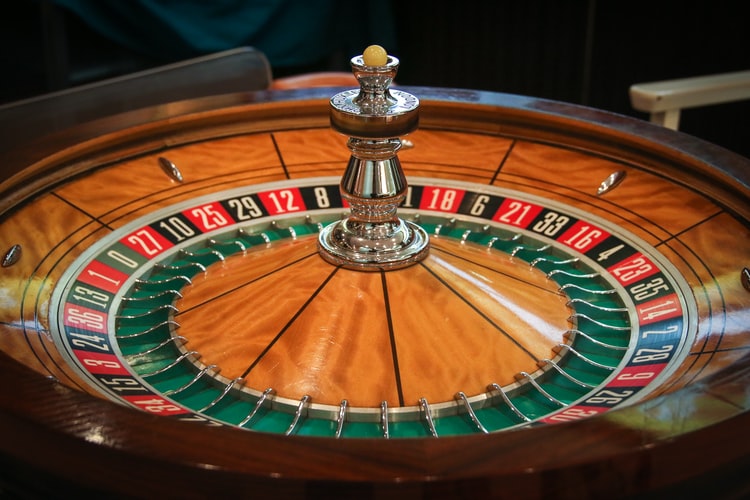Behind the Scenes: How Casino Games Created

Behind the shimmering illuminations and the alluring noises of rotating wheels lies a dynamic realm where innovation meets mathematics: the creation of casino games. As players converge to gaming establishments seeking excitement plus the chance of winning big, a vast amount of effort takes place behind closed doors to create these games they enjoy. From the initial concept to the final product that players interact with, many elements are brought together to ensure a captivating play experience.
Creators, engineers, and game creators collaborate to combine cutting-edge technology with enthralling gameplay mechanics. Every aspect, from visuals plus audio elements to probabilities and payouts, is carefully crafted to attract players and keep them engaged. Understanding this complex process of the way casino games are made reveals both the technical skills required but also the creative vision that brings these immersive experiences to life.
Casino Game Development Workflow
The design process starts with idea generation and concept development, where creators generate concepts for new casino games. This first phase often involves pinpointing potential audiences and analyzing market trends. Designers take into account factors like game mechanics, themes, and payout structures to develop an immersive experience. Collaboration between game designers, mathematicians, and artists is essential to guarantee a well-rounded concept.
Once a concept is selected, the next stage entails creating prototypes and testing. Designers create a functional version of the game to evaluate its playability and mechanics. This facilitates adjustments and refinements based on feedback from testers. Reiteration is vital, as designers may navigate multiple rounds of evaluations to fine-tune gameplay balance and user experience. This phase is essential for identifying any potential issues before the game is finalized.
After testing, the game moves into development and production. This includes the technical aspects of coding the game software, integrating graphics, and ensuring compliance with gaming regulations. Quality assurance testing verifies that the game functions flawlessly across various platforms and devices. Once everything is polished, the game is prepared for launch, usually accompanied by promotional tactics to attract players and generate excitement around the new casino offering.
Tech and Development
The evolution of casino games has transformed significantly with progress in tech. Modern game design often incorporates premium graphics, immersive sound effects, and dynamic animations that provide a captivating experience for players. Game developers use complex software tools and programming languages to build these interactive gaming experiences. Additionally, the use of RNGs ensures equity and unpredictability in outcomes, which is essential for ensuring player trust and compliance with gaming regulations.
In recent years, the rise of online casinos has pushed the limits of game development even further. Developers are now able to design games that appeal to a global audience, incorporating features such as live dealers and virtual reality environments. This transition has encouraged new ideas, leading to unique game mechanics and formats that enhance player engagement. Mobile gaming has also become a key focus, driving developers to optimize games for smartphones and tablets, ensuring availability and convenience for players on the go.
Collaboration among designers, visual artists, and mathematicians is crucial in the development process. Each team contributes their knowledge to make sure games are not only aesthetically pleasing but also mathematically sound and enjoyable. The integration of player feedback during beta testing allows developers to improve game features and functionalities, ultimately leading to a favorable launch. As technology continues to advance, the potential for innovative game concepts and experiences is endless, promising an enticing future for casino games.
Assessing and Quality Control
Once a gambling game has been developed, it transitions to the essential phase of evaluation and quality assurance. This stage ensures that the game operates seamlessly and provides a fair experience for players. Teams conduct comprehensive tests, including functionality checks to verify that all game features work as expected. Each element, from visuals to audio, is assessed to ensure quality benchmarks are met.
In addition to functionality testing, the game experiences rigorous compliance checks to meet compliance requirements. sites not on GamStop Different jurisdictions have specific rules governing game fairness and player protection. Quality assurance teams will confirm that the random number generators are operating correctly and that the game's payout percentages correspond with market standards. This detailed examination helps establish trust with gamblers and oversight bodies alike.
Finally, user testing may be conducted with real players to gather feedback on user experience. This crucial insight allows developers to execute necessary adjustments before the official launch. Addressing any potential issues recognized during this phase helps ensure that players will enjoy a smooth, captivating experience when the game goes live. The commitment to excellence reflects the industry's dedication to delivering enjoyable and reliable casino games.
